North Downs Villages
The longstanding prosperity of West Kent from providing the best of Garden of England produce to the capital alongside many other goods and services has led, over time, to the growth of numerous villages each with their own special characters, great houses, farmsteads, ancient churches and inns.
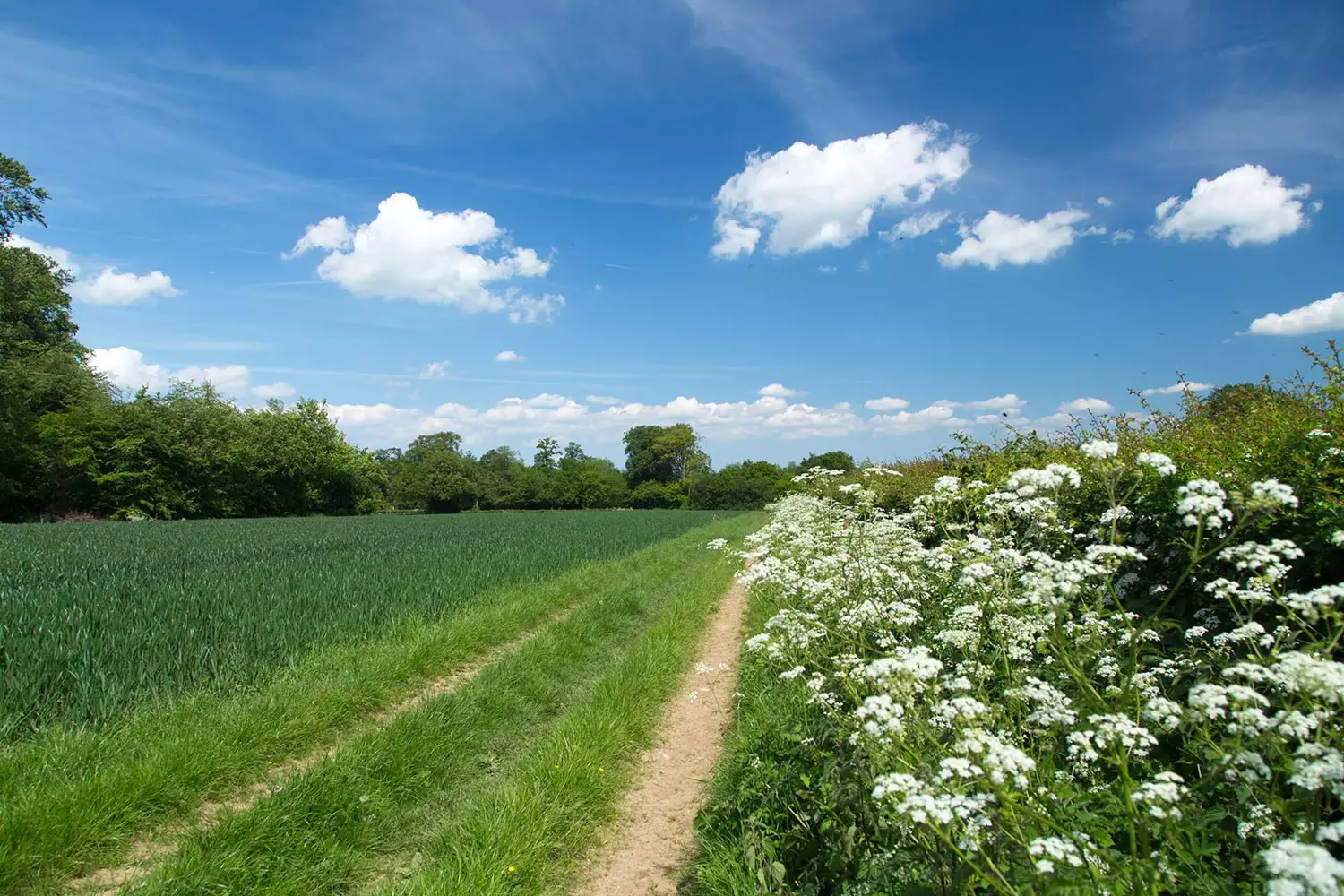
Suggestions for a rewarding visit include:
Chiddingstone, one of the oldest villages in Kent and possibly one of the prettiest in England. Owned and conserved by the National Trust, the village attracts visitors from around the world. Chiddingstone is believed to have been named after the Chiding Stone, which can still be found just behind the village street, and 70% of the village buildings are more than 200 years old. Nearby Chiddingstone Castle is a historic house filled with exotic treasures, many collected by the antiquarian Denys Eden Bower.
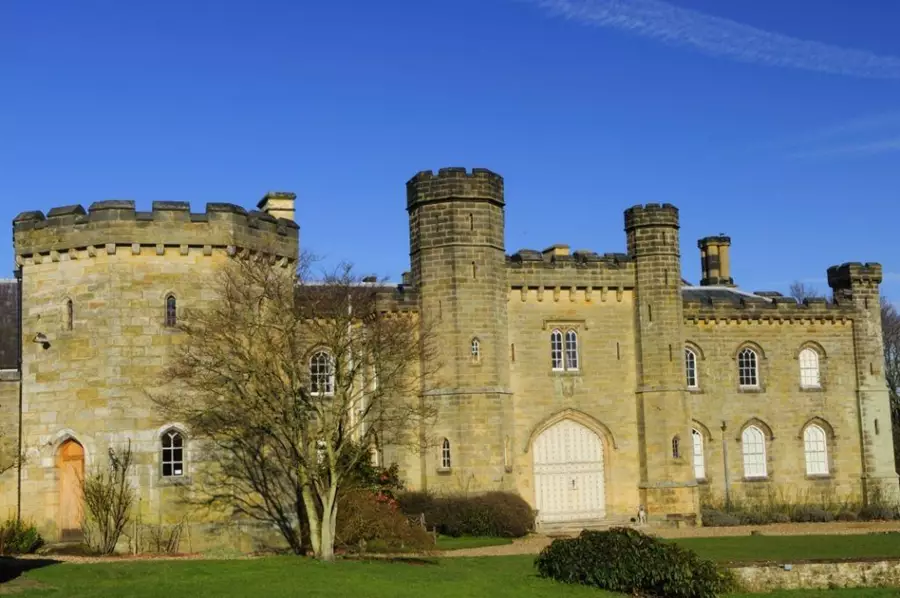
Chiddingstone Castle
Eynsford, experience the delights of a ford, and a small hump-back bridge, over the River Darent at the heart of this village which was first recorded in writing in the 9th century. A wealth of historic buildings include the 16th century Plough Inn and the Mill. Eynsford Castle reveals the surviving remains of an early Norman stone castle.
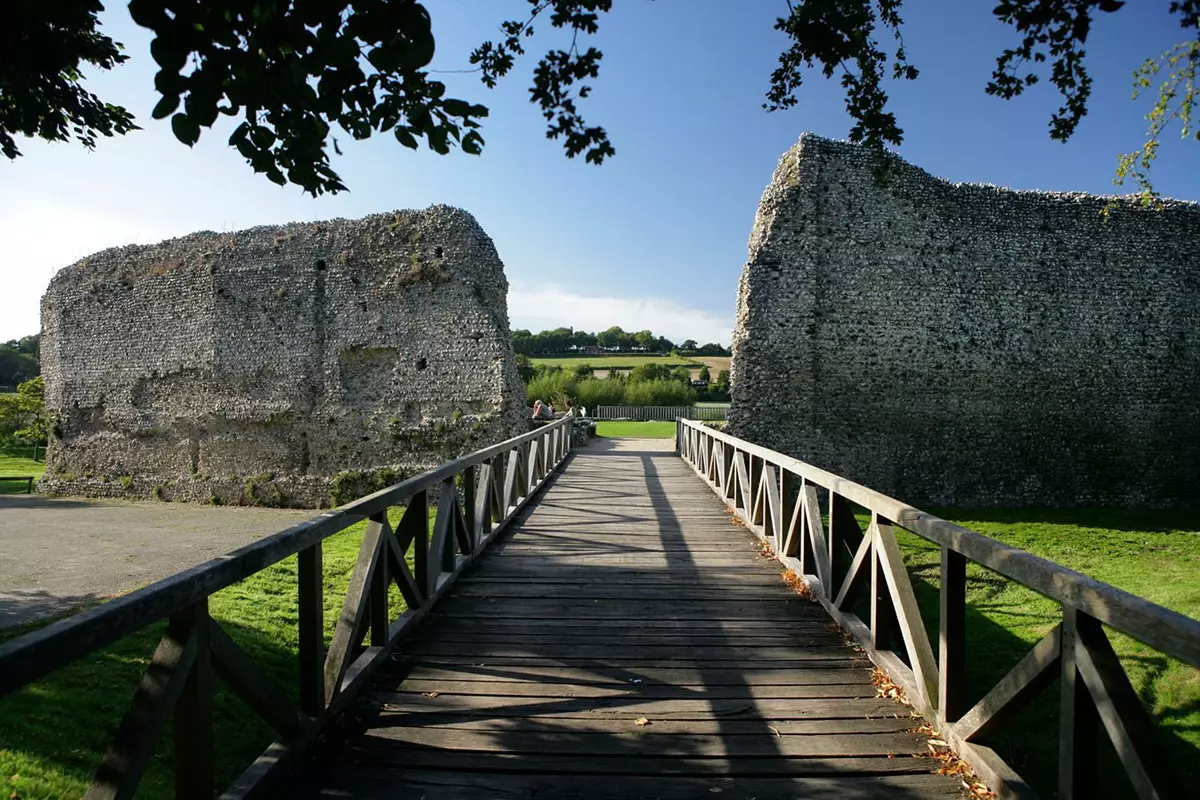
Eynsford Castle
Farningham, set on one of the prettiest stretches of the River Darent, flourished in the 18th century when it was an important overnight stop on the coach road from London to the coast. Its many inns are popular with visitors and residents alike. Delightful Kentish weather-board and flint-faced cottages, a fine mill, village stores and antique shops make the village a highly distinctive and memorable destination.
Otford, once home to an Archbishop’s Palace acquired by Henry VIII, is known for its unusual shops and restaurants, as well as its duck pond roundabout in the centre of the village, the only listed pond in the country. Visitors can one of the world’s largest models of the solar system created to mark the Millennium.
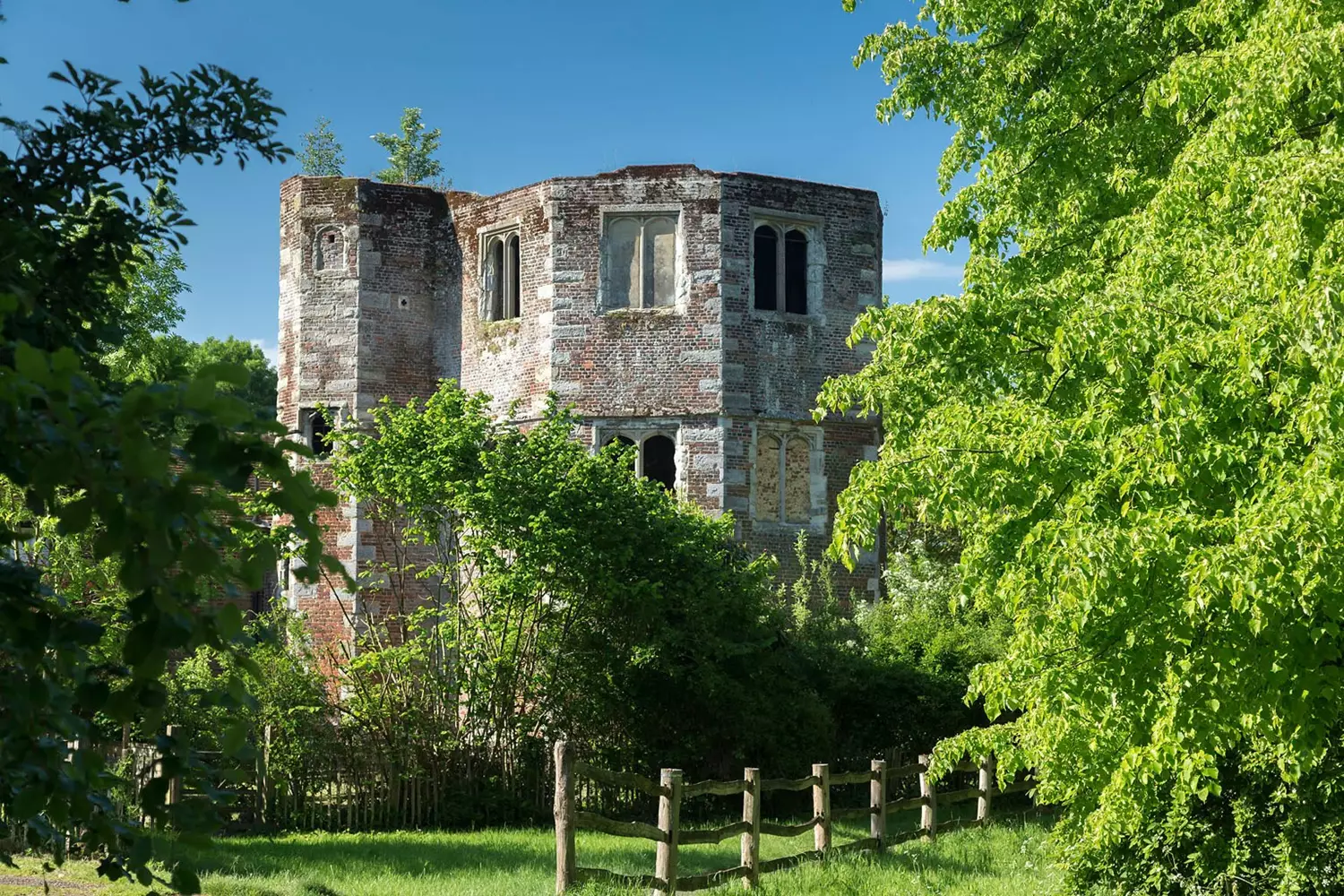
Archbishops Palace, Otford
Penshurst, at the confluence of the Medway and Eden rivers, grew up around 14th century Penshurst Place. Now the village is a destination in its own right. Many of the buildings are Tudor, standing alongside notable Victorian developments. Local inns and restaurants serve thoroughly modern cuisine.
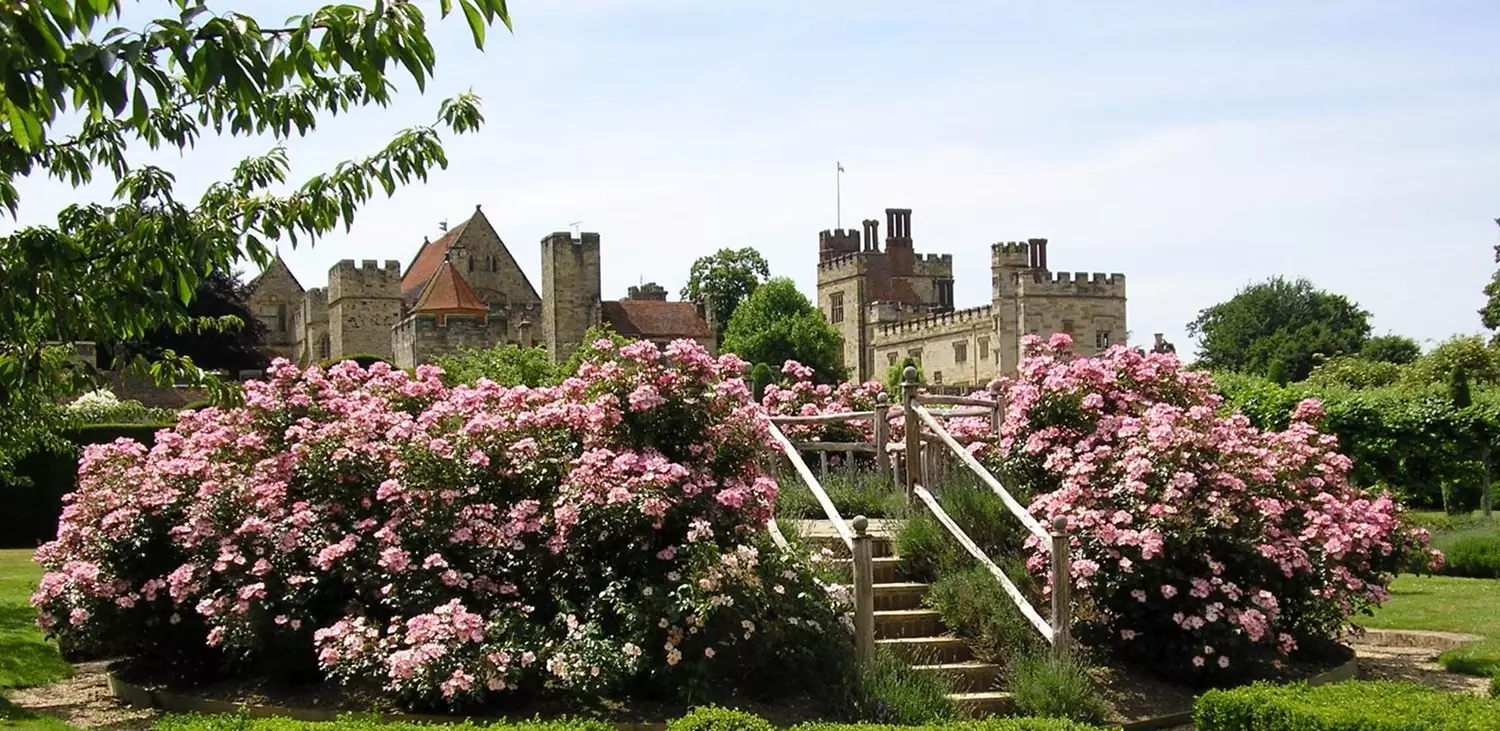
Penshurst Place and Gardens
Shoreham, with its winding village street and picture postcard 15th century cottages, was home to the 18th century artist Samuel Palmer who painted the village and surrounding countryside. The church, which dates from the 11th century, has an elegant 18th century brick and flint tower which is a rarity in Kent. The village is home to a world-renowned museum hosting an exhibition of aviation relics.
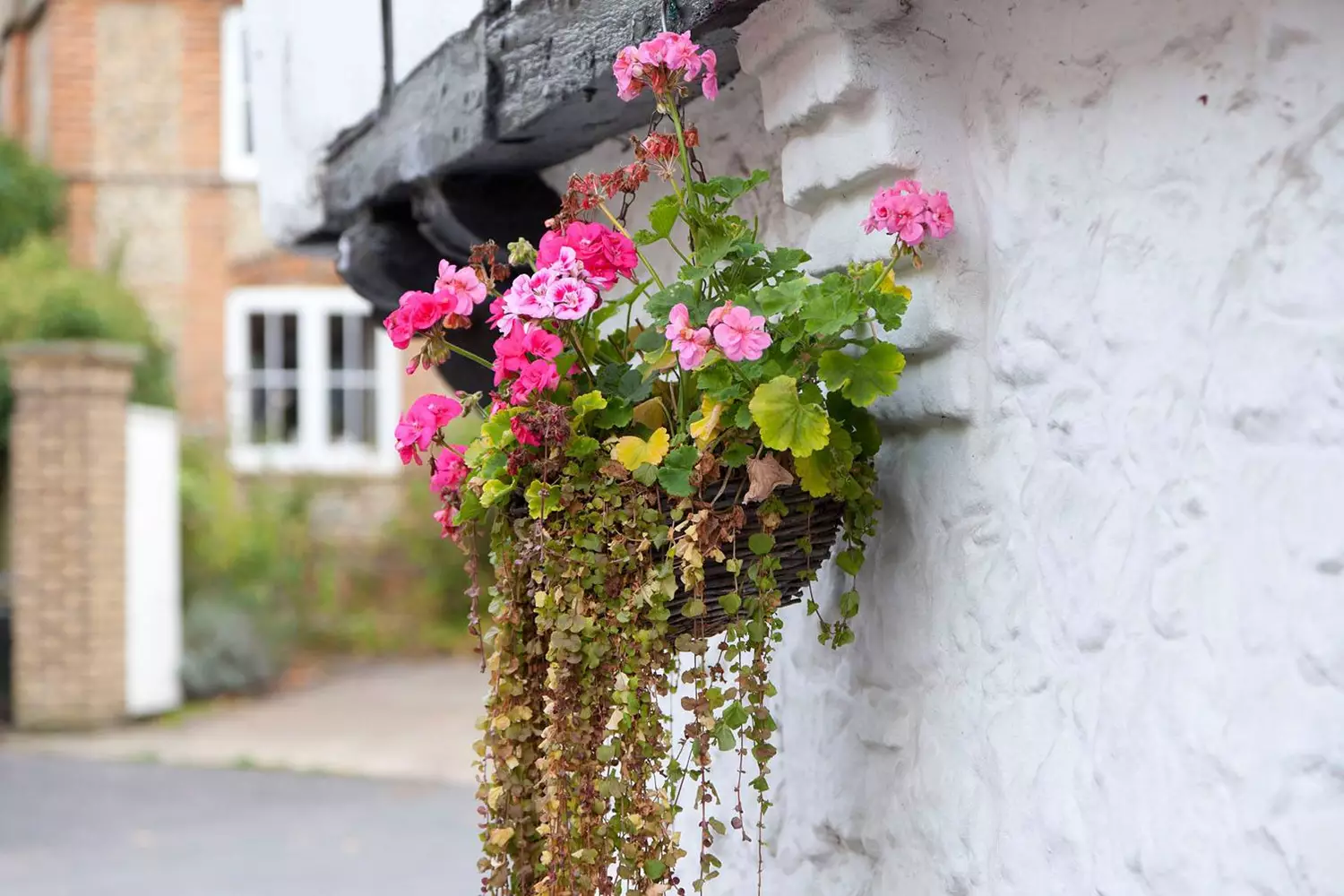
Shoreham village
Brasted is a pretty, unspoilt Kentish village. It is located on the A25, 2 miles from Westerham and 4 miles from Sevenoaks, which are the nearest main centres. It is in the valley of the River Darent that runs through the village, at the foot of the North Downs.
Brasted is an attractive historic village with many interesting and important buildings centred around the Village Green. Brasted Conservation Area includes about 70 listed buildings. Brasted has seen remarkable little change since the 18th Century. Its growth along the main road was well established by that time, and there has been no significant modern expansion of the boundaries of the village since then. There are many antique shops along the High Street, as well as a shop, public houses and a tea room.
The White Hart public house in the village became famous as the favourite haunt of Battle of Britain pilots based at nearby Biggin Hill during the Second World War. The parish church of St Martin’s dates from the early years of the thirteenth century. Napoleon III lived in Brasted Place (one of only two Robert Adam houses in Kent). Another famous resident was John Turton, physician to King George III. Chartwell, the former home of Sir Winston Churchill, is nearby as well as other stately homes.
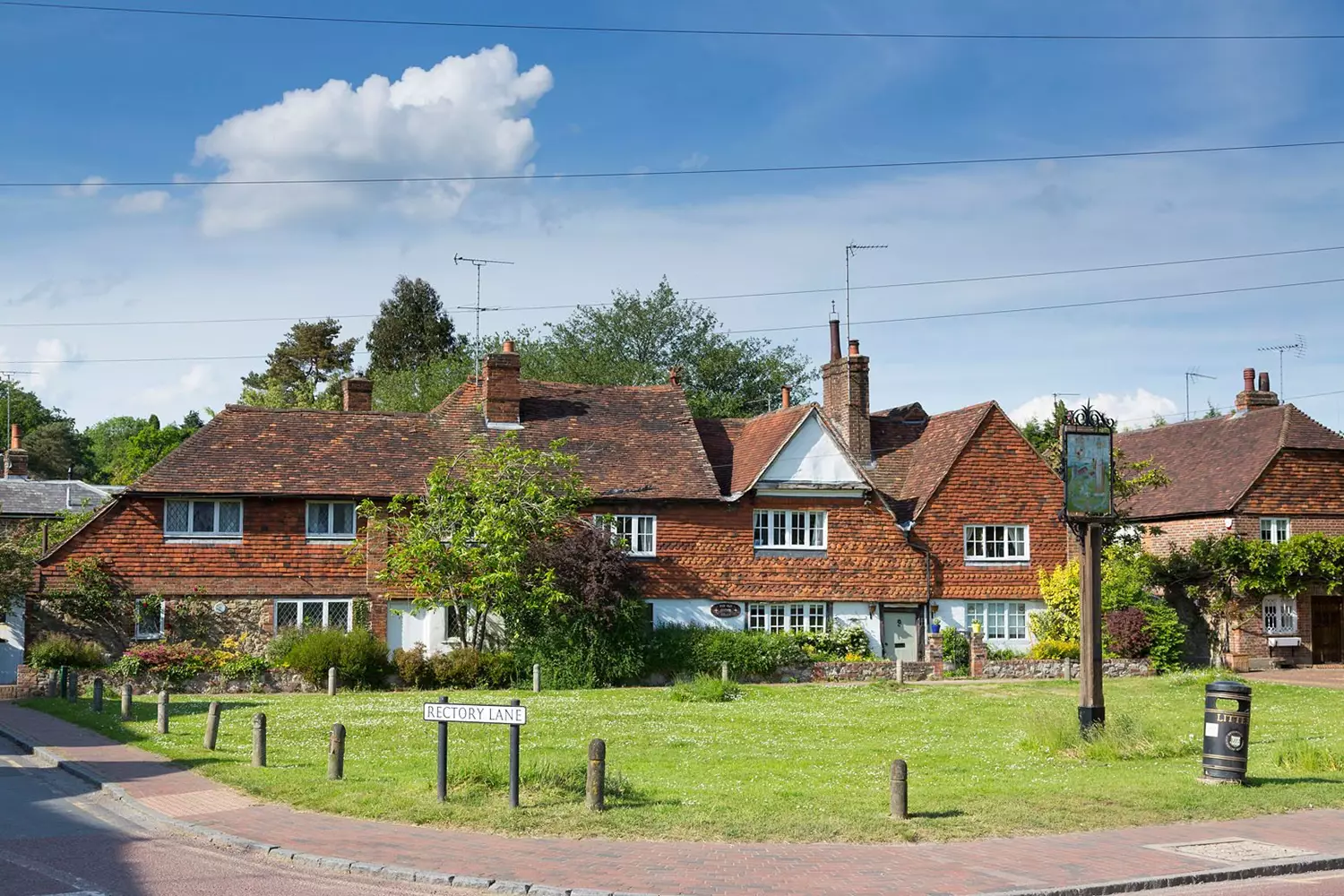
Brasted village
Toys Hill, to the south has National Trust woodlands and land with many well-defined walks. The land rises to the wooded slopes of the Greensand Ridge - part of an almost unbroken swathe of woodland and common that stretches from Limpsfield in the west to Sevenoaks in the east.
Sundridge, village has approximately 1200 residents. It is well served by local shops, a public house, The White Horse, school, village hall and social club. Located on the A25, Sundridge has many historic buildings of interest, including Combe Bank, The Old Hall and St Mary’s Church. There is a play area situated at Bowsers Meadow, just off Woodside Road.
The village is surrounded by countryside and lies within an Area of Outstanding Natural Beauty.

Sundridge
If you carry on up the road from Sundridge you will find Ide Hill, just 4 miles south-west of Sevenoaks. There are many beautiful view to be enjoyed en-route. The village is designated as a Conservation Area and has approximately 550 residents. The heart of the village is The Green which is surrounded by many listed buildings, The Cock Inn being one. The Ide Hill Well, located on the Green, is a structure of great pride to locals, containing plaques detailing servicemen.
The village is also served with a school, church and a play area off Camberwell Lane. Another play area is located at Goathurst Common.
In 2012 the Community Shop was opened. This is run by locals and you can enjoy a drink whilst looking at the stunning views over the Weald.
There are many walks to be taken, especially through Stubbs Wood and Emmetts Garden.

Council Office:
Argyle Road
Sevenoaks
Kent
TN13 1HG
Tel: 01732 227000
tourism@sevenoaks.gov.uk